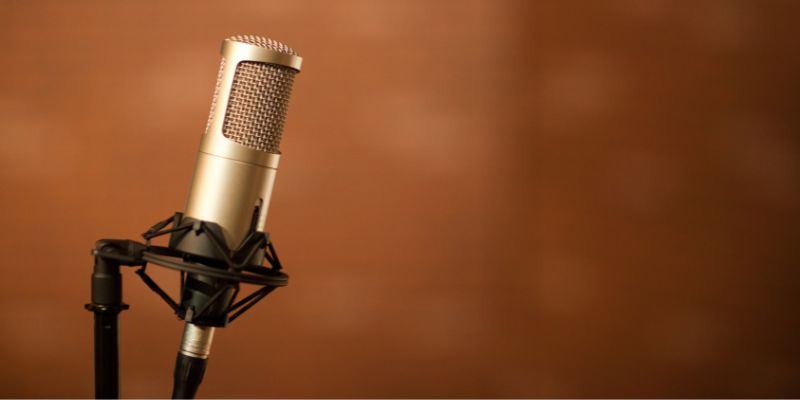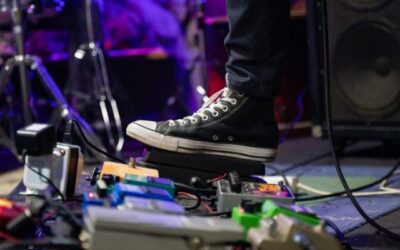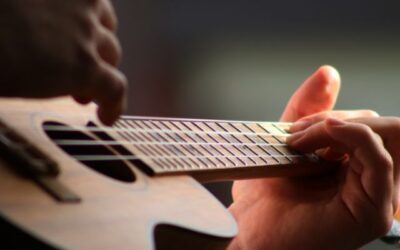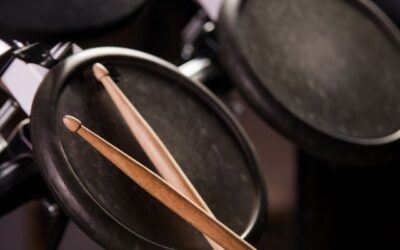The humble microphone or ‘mic’ is such a vital, indispensable part of any musical recording involving singers or ‘real’ instruments. Every famous vocalist has their own way of approaching and using the mic on stage, with people like Freddy Mercury becoming famous for his signature way of carrying around the mic within a detached mic stand. In studios and live settings, a good selection of mics is very important to have, to capture diverse vocal and instrumental performances. That ‘humble’ tag, however, can become a bit misleading as some of these mics can run into thousands of dollars, each!
In our post about keeping in mind the “essentials” vs. the “nice-to-haves” while setting up a home studio, we addressed microphones rather briefly – depending on your musical needs and setup, a mic could either be essential or unnecessary for the way that you want to create music. So say that you do need to acquire some mics, how do you know which type to buy first? Do you need more than one, or even a collection, to successfully record everything you want? This post will delve into the basics of microphone classification, and attempt to provide some options for beginning your mic collection!
Absolute Basics
Many people think that mics ‘amplify’ sound. They don’t! A mic is an example of a ‘transducer’ – i.e., a device that converts one form of energy to another. A mic converts sound energy into electrical energy through relatively simple magnetic induction principles (look it up!); these electrical signals are then fed into pre-amplifiers (where the initial small electrical signal is magnified or amplified) and then into power amplifiers and speakers. At the speaker, the reverse process occurs – electrical signals are converted back into sound energy. From the pre-amplifier stage, signals from mics can also be sent into a recording system, analog or digital as the case may be.
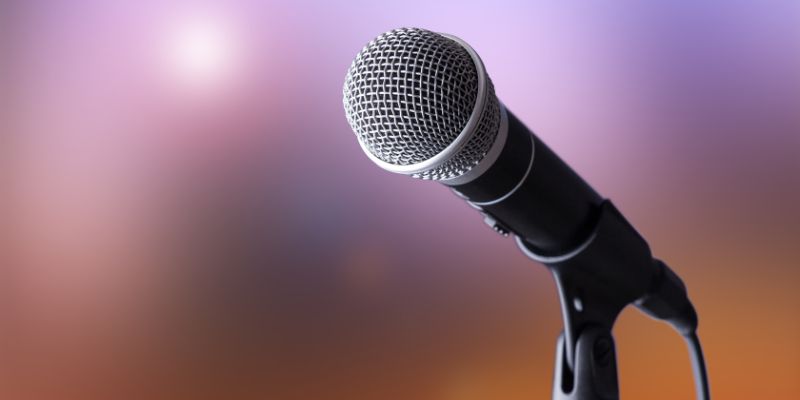
Dynamic Microphones
Ah, the good old dynamic mic. This is usually the most diverse and durable type of mic in a collection, and versatile enough that you can point it at just about anything while still getting a decent quality of recording in return. Dynamic mics are ‘passive’, and don’t require any power to function. Since dynamic mics aren’t as specialised as other mics, they usually form the backbone of your mic collection upon which you can build to add other types. The Shure SM57 and SM58 are by far the most popular mics in this category. While the SM58 is more of a vocal mic, the SM57 is used for recording everything from guitar amps to snare drums, and has remained a favourite among musicians and recording engineers for a long time. The above mentioned models are also fearsomely durable – there are plenty of memes about SM58s that have been run over by a truck and still work!
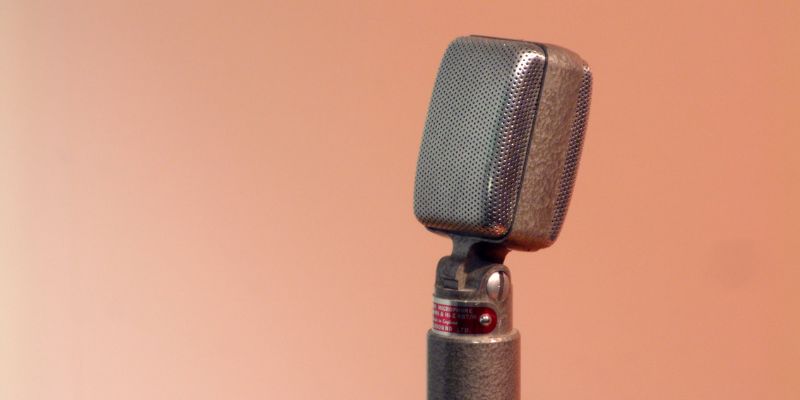
Ribbon Microphones
Ribbon mics are slightly less common than the previous two types of mics, and are expensive and fragile. These mics were used a lot during previous generations of music recording, and are now sought after for adding an element of warmness and preserving a kind of vintage sound if that’s what you’re aiming to get out of an instrument. They’re also quite versatile, and are typically used for strings, vocals and guitar amps. Sought-after brands like Royer etc are usually priced well out of the home studio market, so you’d be looking at brands like the Golden Age project mics for these ☺.
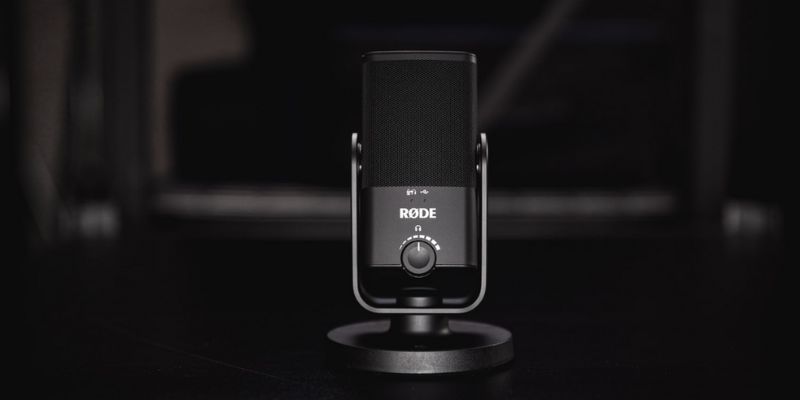
USB Microphones
The USB mic is the wildcard entry on this list. Although they might not be seen as being as “official” as other studio mics, they’re often unmatched in terms of convenience. Instead of worrying about things like audio interfaces or XLR cables, these mics are just plug-and-go. If your aim is to record podcasts, and videos or maybe do live streams instead of instrument-heavy music, a USB mic could just be the mic that you’re looking for. The Shure MV5 and MV7, Blue Microphone Yeti and Rode NT-USB are some of the best options for a solid USB mic.
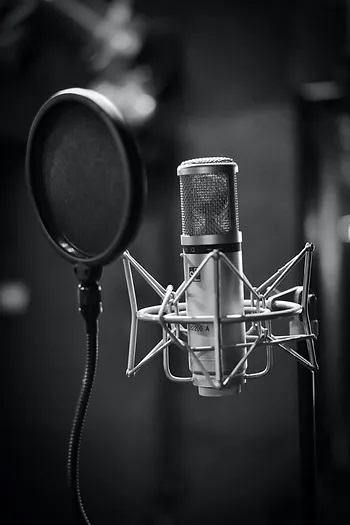
Condenser Microphones
Condenser mics usually trade some of the versatility that dynamic mics offer for more accurate, clear and sensitive sound recording abilities. They do this by being ‘active’ devices, requiring a small power input to function. This is usually supplied to the mic on the same cable and is referred to as ‘Phantom Power +48V’on mixing desks and interfaces. Look them up online for more details on how exactly they work. Large Diaphragm Condenser mics (LDCs) are probably the most common type of condenser mic you’d see at a studio: they’re the ones that singers usually use to record vocals. You’ve seen the image, right? The one with a vocalist singing into a mic, eyes closed, hands on their headphones… Well, the mic in that very standard scenario is usually an LDC. Take a peek at one and you can immediately see why they’re called that – the ‘diaphragm’ that vibrates in accordance with the sound source can be several centimetres in diameter and is usually visible behind the protective grille. LDCs used to be quite expensive, but there are now a variety of options for every budget. Entry-level mics include the reliable Audio-Tecnica AT2020, the AKG C214, the Samson C4 and others; if you’re willing to spend a bit more, check out the very capable Rode NT1-A, the Warm Audio WA-47 JR, or the Blue ‘Baby Bottle’; and if you’re splurging, go for something like the AKG C414, or the Neumann TLM102.
Small Diaphragm Condenser mics (SDCs) are the smaller versions of LDCs (duh!), and their functions are a little different too. These mics are typically better at picking up higher frequencies, and are great for recording acoustic instruments, hi-hats, cymbals etc; they’re often used as ‘overhead mics’ for drum kits too. Rode M5MP, Samson C02, Behringer C-2 or the sE Electronics sE7 are all good options.
So there you go: a general overview of the most commonly found mics used on stage and in recording studios, and what each of their specific strengths are. Of course, there’s a lot more detail behind how different types of mics are specialised and how they work. The science behind them is well worth knowing to ensure that you pick the right mic for the occasion, so be sure to do more of your own research into how these devices pick up sound differently. We hope that you’re now better placed to start recording your own music, and we look forward to seeing the results of your work soon!

